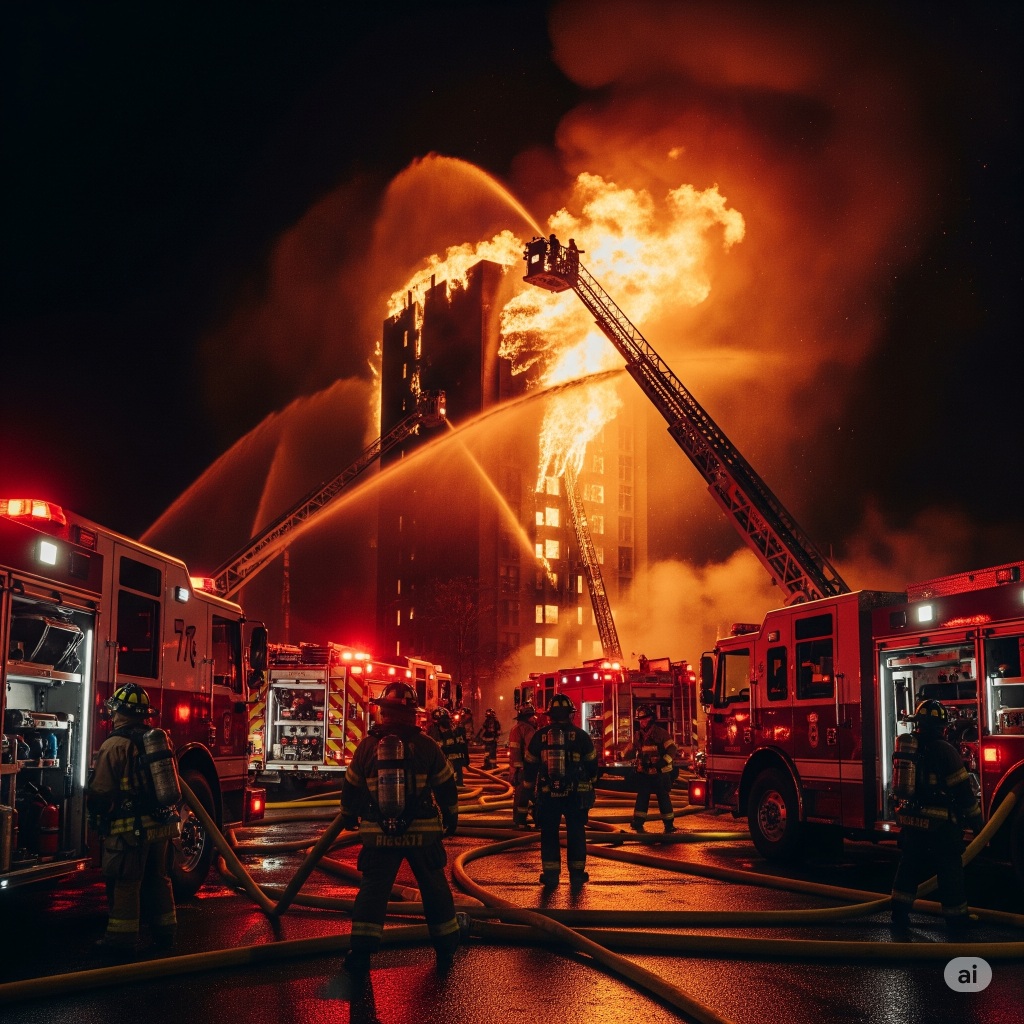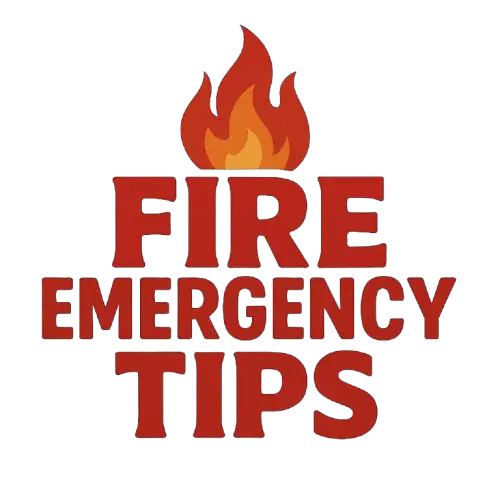
A “Code Red Fire” or “Code Red Smoke” refers to an emergency situation in which there is a significant and immediate threat of fire or smoke. This emergency code is commonly used in various contexts, including fire departments, emergency services, and organizations where fire safety is paramount. The activation of a Code Red indicates the highest level of alert and requires urgent and coordinated response measures to mitigate the potential risks associated with fires or smoke incidents.
Key Characteristics of a Code Red Fire Emergency:
1. Immediate Danger:
- A Code Red Fire Emergency implies an imminent and severe threat. It could be triggered by the detection of a rapidly spreading fire, dense smoke, or other hazardous conditions.
2. Evacuation Orders:
- In many cases, a Code Red Fire Emergency involves issuing evacuation orders for affected areas. The goal is to ensure the safety of individuals in the vicinity of the fire or smoke.
3. Heightened Response Levels:
- Emergency response teams, including firefighters, paramedics, and law enforcement, escalate their readiness to the highest levels during a Code Red Fire Emergency. This involves deploying additional resources and personnel to address the immediate threat.
4. Communication Protocols:
- Clear and concise communication is crucial during a Code Red Fire Emergency. Emergency services use established protocols to relay information to the public, first responders, and relevant authorities.
5. Coordination with Authorities:
- Organizations, municipalities, and emergency services coordinate efforts with relevant authorities, such as fire departments, to manage and control the emergency effectively.
6. Public Alerts:
- Public notification systems, such as sirens, emergency broadcasts, or mobile alerts, may be activated to inform residents and the public about the Code Red Fire Emergency. Timely communication is essential to ensure that people take immediate and appropriate actions.
7. Emergency Shelter and Resources:
- Emergency shelters may be established for displaced individuals, providing a safe haven away from the affected area. Resources, such as food, water, and medical assistance, are also mobilized to support those impacted.
Actions to Take During a Code Red Fire Emergency:
1. Follow Evacuation Orders:
- Adhere to evacuation orders issued by authorities. Move quickly and calmly to designated safe locations.
2. Stay Informed:
- Keep informed about the situation through official channels, such as emergency broadcasts, notifications, and updates from local authorities.
3. Follow Emergency Protocols:
- Abide by established emergency protocols, including the use of designated evacuation routes and assembly points.
4. Avoid High-Risk Areas:
- Steer clear of areas identified as high-risk zones during the emergency. Follow the guidance provided by emergency services.
5. Assist Vulnerable Individuals:
- Provide assistance to those who may require extra help, such as the elderly, individuals with disabilities, or young children.
6. Seek Shelter and Follow Safety Instructions:
- If evacuation is not possible, seek shelter in a secure location. Follow safety instructions provided by emergency services.
7. Communicate Responsibly:
- Avoid spreading unverified information. Rely on official communication channels for accurate updates.
Conclusion: Urgent Response to Protect Lives and Property
A Code Red Fire Emergency represents a critical situation demanding immediate attention and action. Whether triggered by a rapidly spreading wildfire, a hazardous industrial incident, or other fire-related emergencies, the response to a Code Red alert is characterized by swift, coordinated efforts to protect lives, property, and the environment. Understanding and following emergency protocols is paramount during such situations, ensuring the safety and well-being of all individuals involved.
FAQs Related to Code Red Fire Emergencies
1. Q: What does a Code Red Fire Emergency mean?
- A: A Code Red Fire Emergency signifies an immediate and severe threat of fire or smoke. It triggers urgent response measures, including possible evacuations, to mitigate the risks associated with the emergency.
2. Q: How is a Code Red Fire Emergency communicated to the public?
- A: Code Red Fire Emergencies are communicated through various channels, including emergency broadcasts, sirens, mobile alerts, and official announcements from local authorities.
3. Q: What actions should individuals take during a Code Red Fire Emergency?
- A: Follow evacuation orders, stay informed through official channels, seek shelter in designated areas if evacuation is not possible, and assist vulnerable individuals. Always adhere to safety instructions from emergency services.
4. Q: Are there designated evacuation routes during a Code Red Fire Emergency?
- A: Yes, authorities establish designated evacuation routes, and individuals should follow these routes to reach safe locations. Following established evacuation protocols is crucial for safety.
5. Q: Can individuals return home after a Code Red Fire Emergency is declared over?
- A: Return home only when authorities declare it safe to do so. Emergency services will provide updates and guidance on when it is permissible to return to the affected areas.
6. Q: How are emergency shelters and resources managed during a Code Red Fire Emergency?
- A: Emergency shelters are established for displaced individuals, providing essential resources such as food, water, and medical assistance. Coordination with local authorities ensures effective management of these resources.
7. Q: What should individuals do if they cannot evacuate during a Code Red Fire Emergency?
- A: Seek shelter in a secure location, preferably with fire-resistant features. Follow safety instructions provided by emergency services and communicate your location if possible.
8. Q: How often are Code Red Fire Emergencies declared?
- A: The frequency of Code Red Fire Emergencies varies based on factors such as weather conditions, ongoing wildfires, industrial incidents, or other fire-related hazards. Declarations are made when there is a significant and immediate threat.
9. Q: Can individuals receive real-time updates on a Code Red Fire Emergency?
- A: Yes, individuals can receive real-time updates through official communication channels, including emergency alerts on mobile devices, social media announcements, and local news broadcasts.
10. Q: How can communities prepare for potential Code Red Fire Emergencies?
- A: Communities should develop and communicate emergency plans, conduct drills, and stay informed about local fire risks. Individuals can also take steps such as creating defensible spaces around homes and participating in community preparedness programs.
